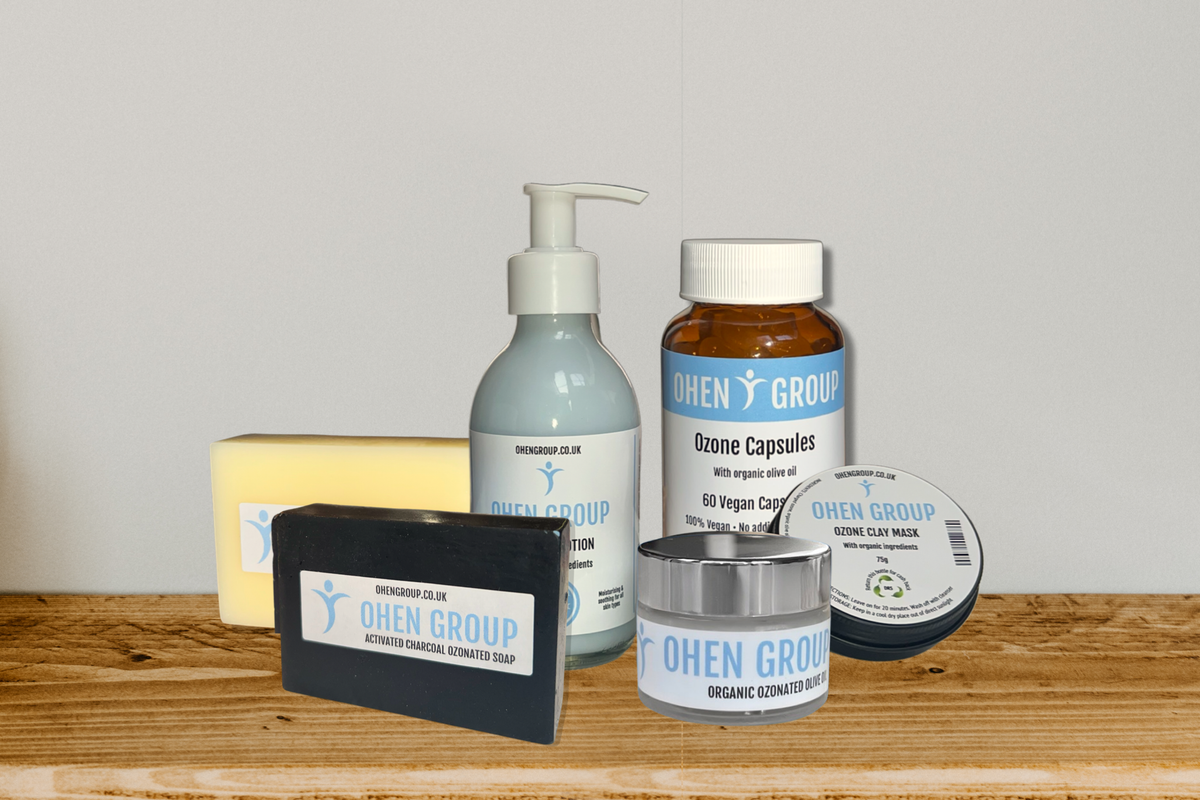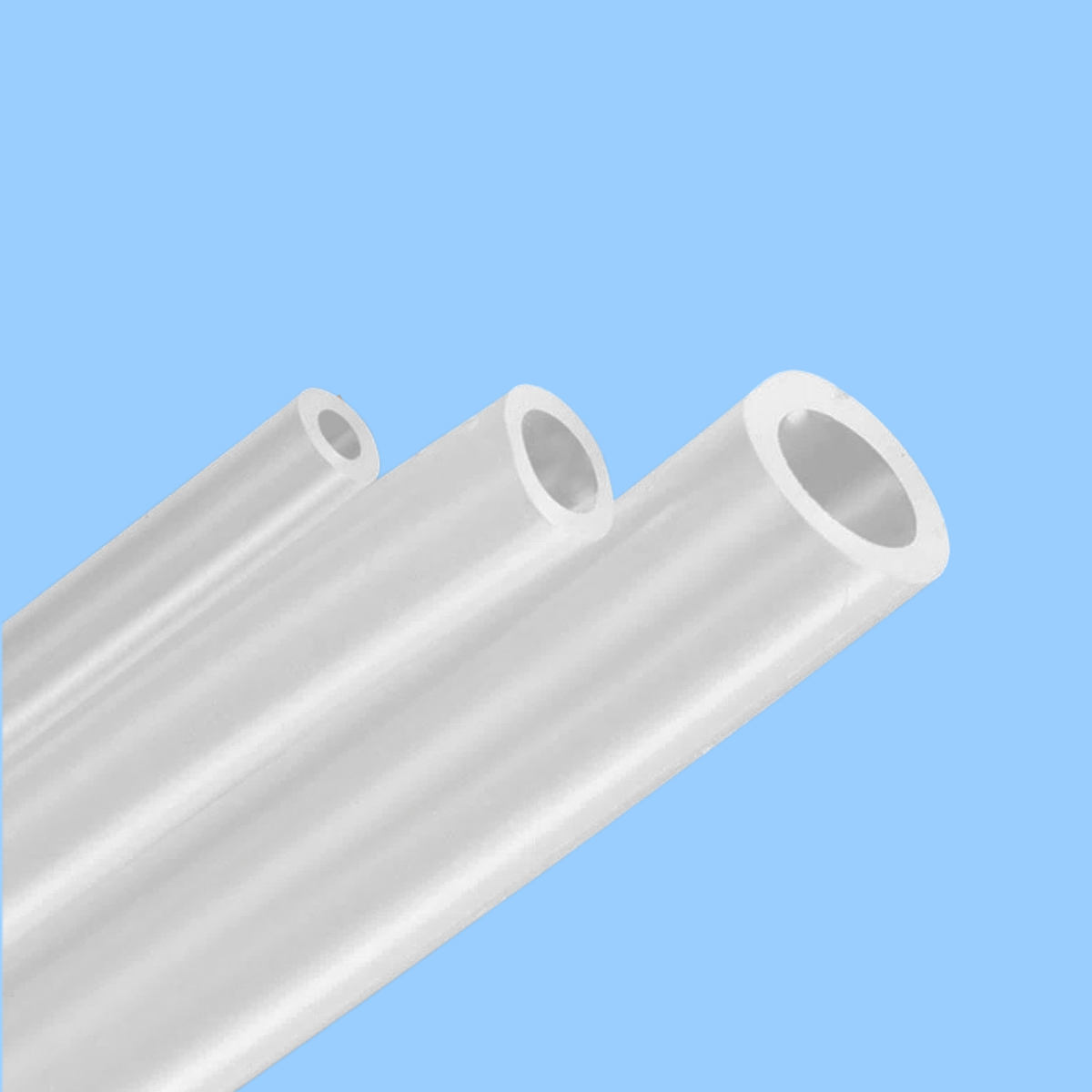As ozone therapy gains popularity, it's essential for consumers to understand how to identify high-quality ozonated oils and other products. One notable trend is the production of ozonated olive oil by various manufacturers. However, it's crucial to recognize that not all suppliers adhere to the same standards, leading to significant variations in production methods and ingredients.
The primary consideration in evaluating ozonated oils is the quality of the base oil. Cheaper, lower-quality oils often contain impurities, high acidity, and a rancid or flavorless odor and taste. These shortcomings extend to the final product, resulting in ozonated oil with a foul or sharp smell and a potential burning sensation due to its acidity.
Secondly, ozonated olive oil should be clear in colour when melted or white when refrigerated with no yellow hues. It should not be liquid at room temperature and should be hard when refrigerated. 'Gel' like or liquid oil is not fully saturated and thus will have a significantly lower level of ozone.
Examining the ozonization process further, the ideal approach involves using medical-grade oxygen and organic olive oil, a method that typically takes several weeks to complete. However, some manufacturers opt for shortcuts to expedite production and increase profits. This may involve the addition of synthetic solvents to the oil or base product, enabling ozone to bond quicker to the oil and therefore a faster manufacturing process that can be completed in as little as three days.
Unfortunately, cosmetic products are not always legally required to disclose all ingredients in certain countries, leading to potential misinformation for consumers. At Ohen Group, transparency is paramount. We diligently list all ingredients on our packaging, ensuring full disclosure to our customers. Our organic ozonated oil remains true to its original form, containing only charged ozone and organic olive oil, with absolutely no added solvents.





